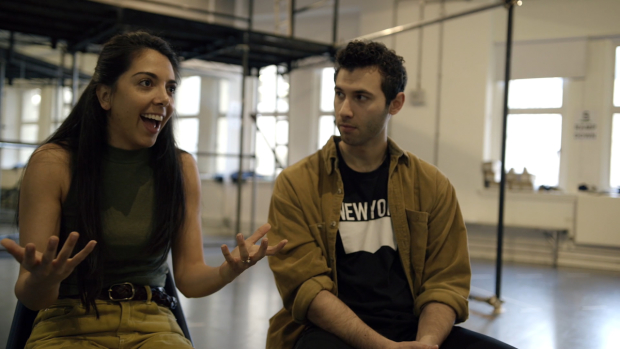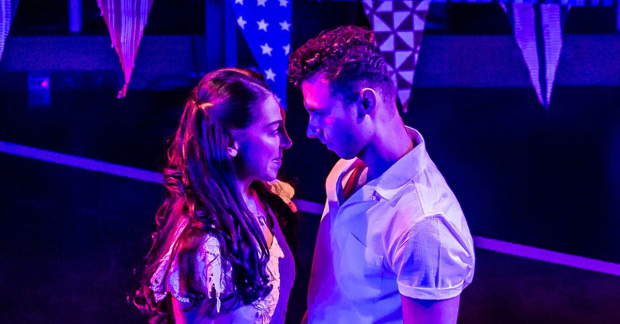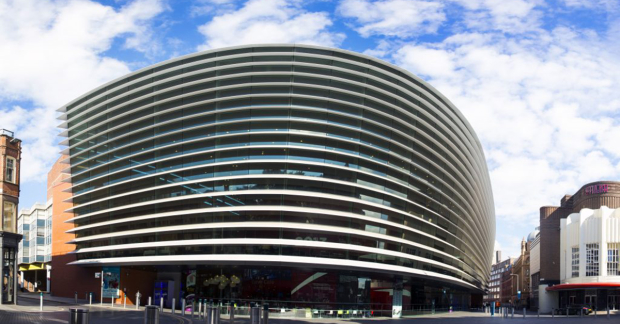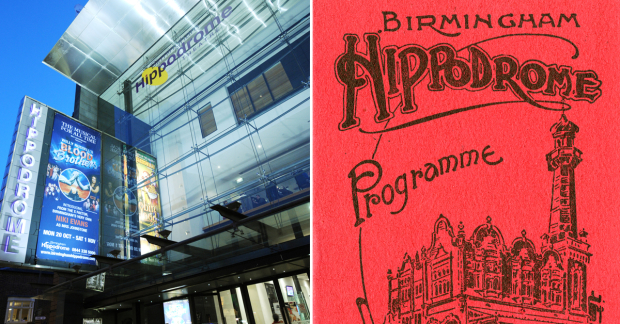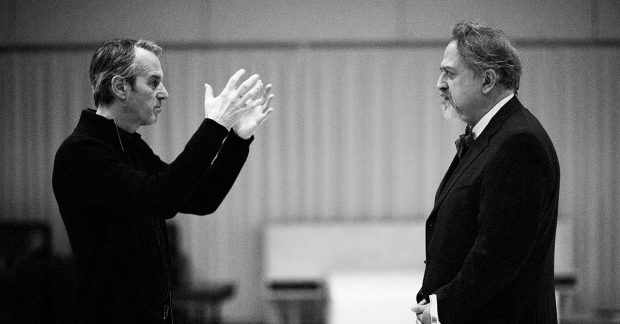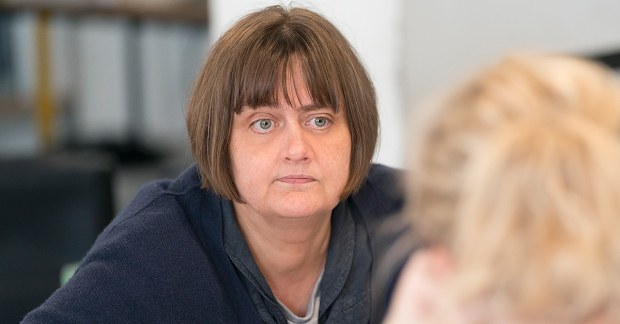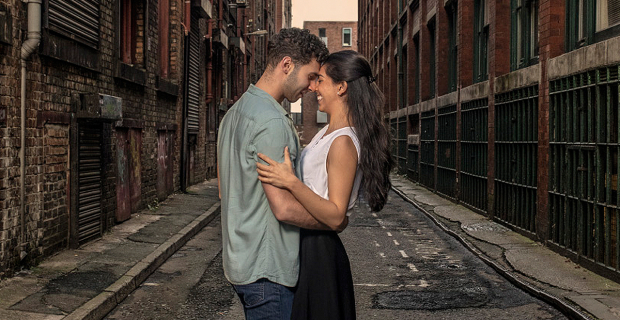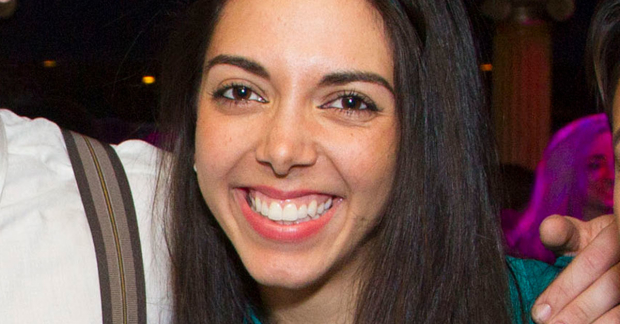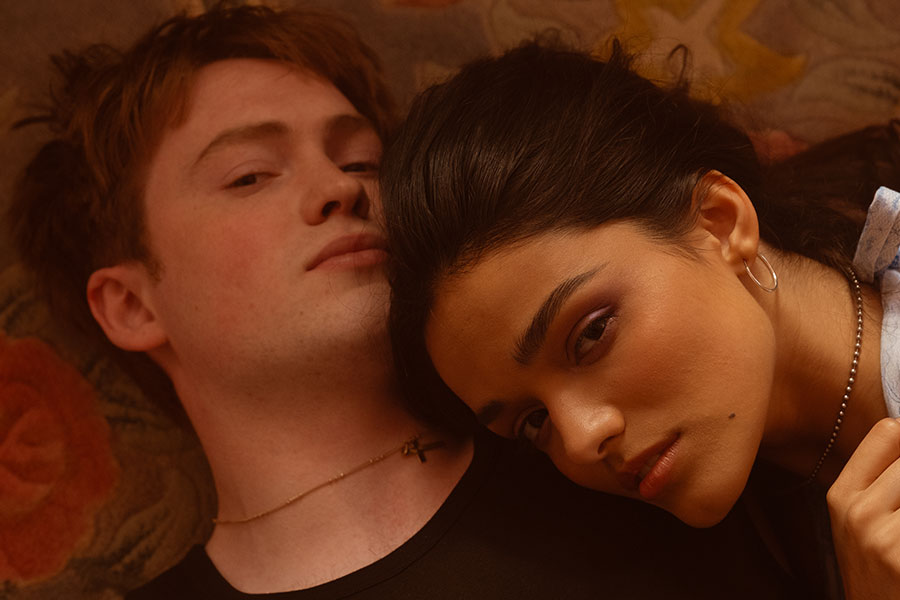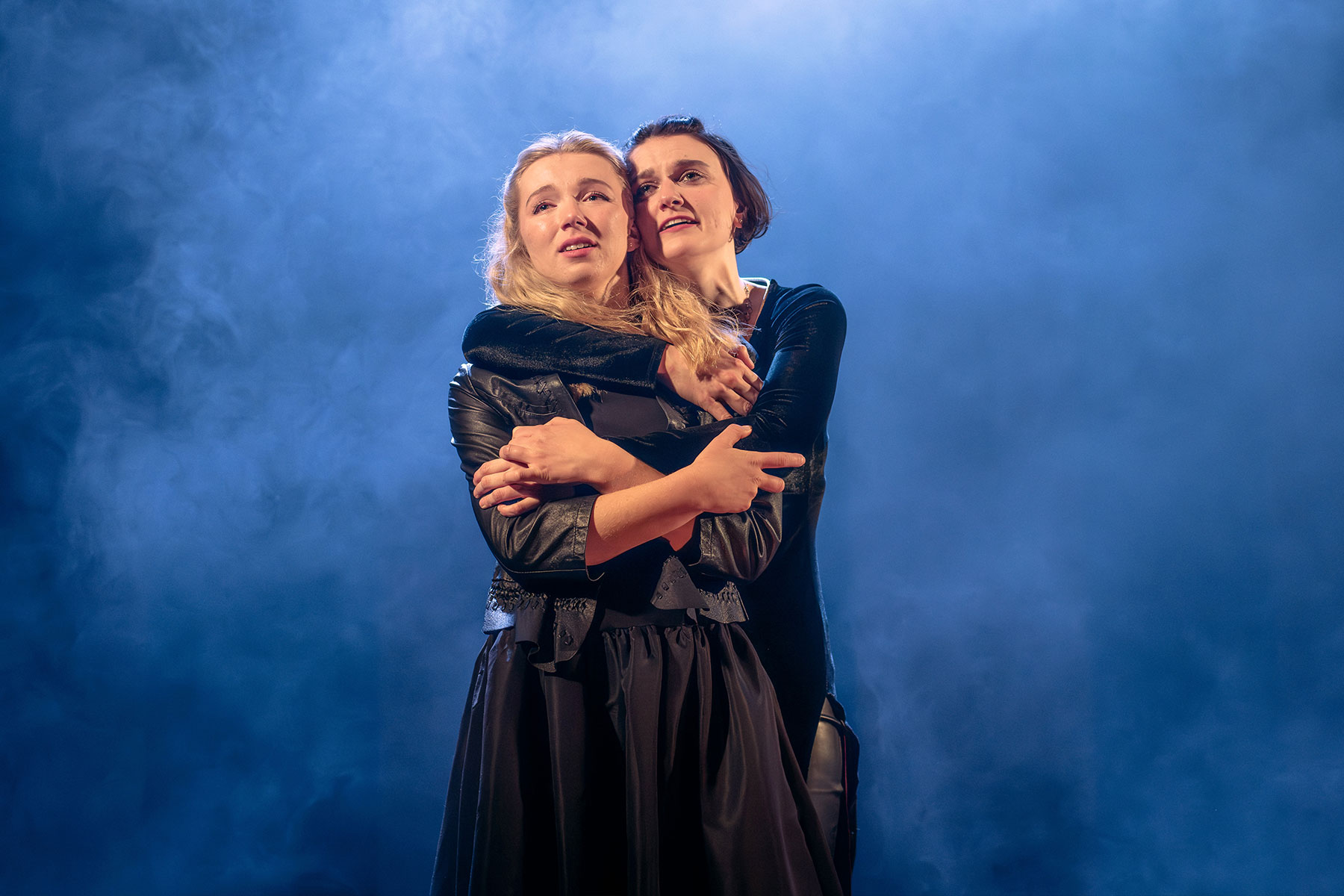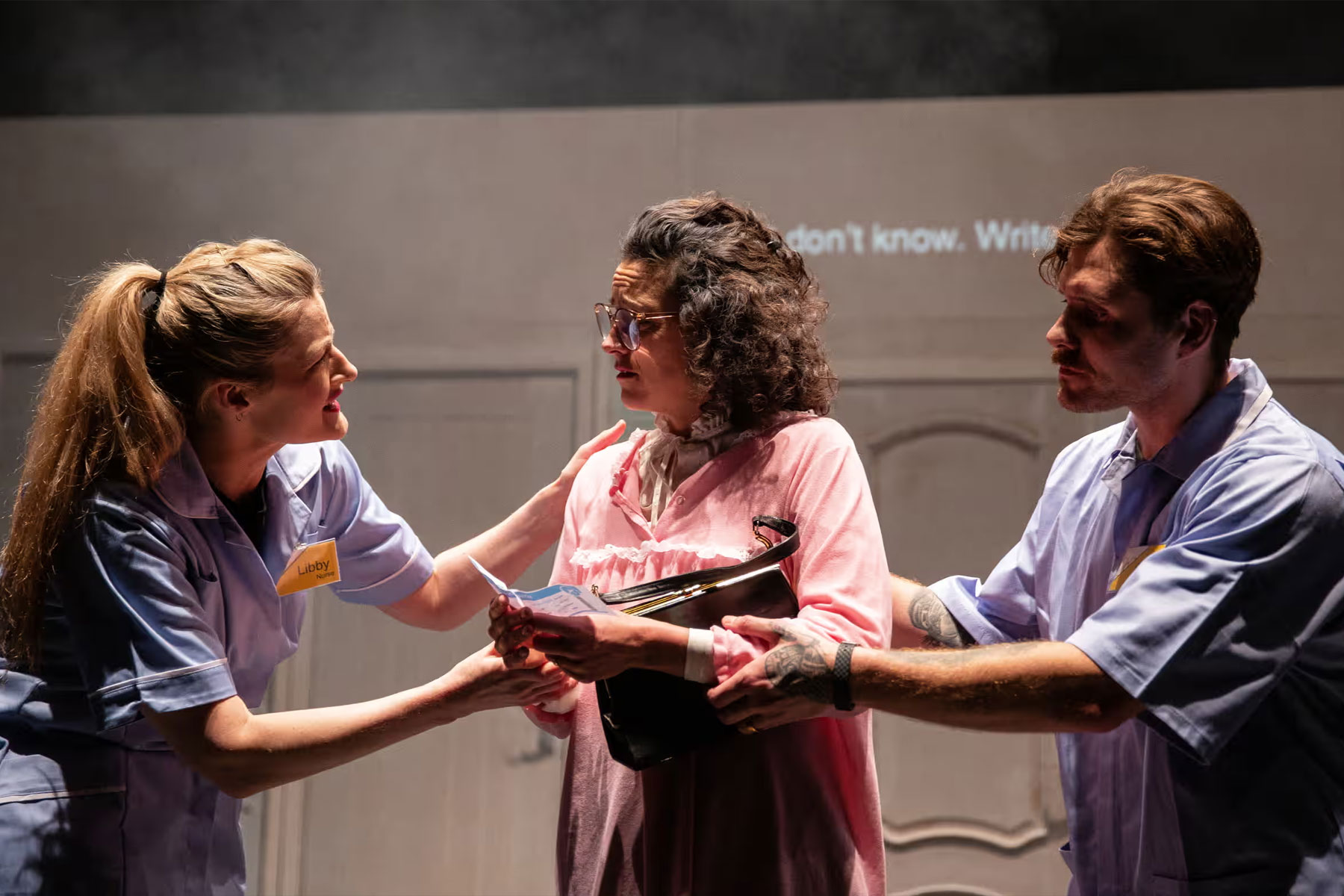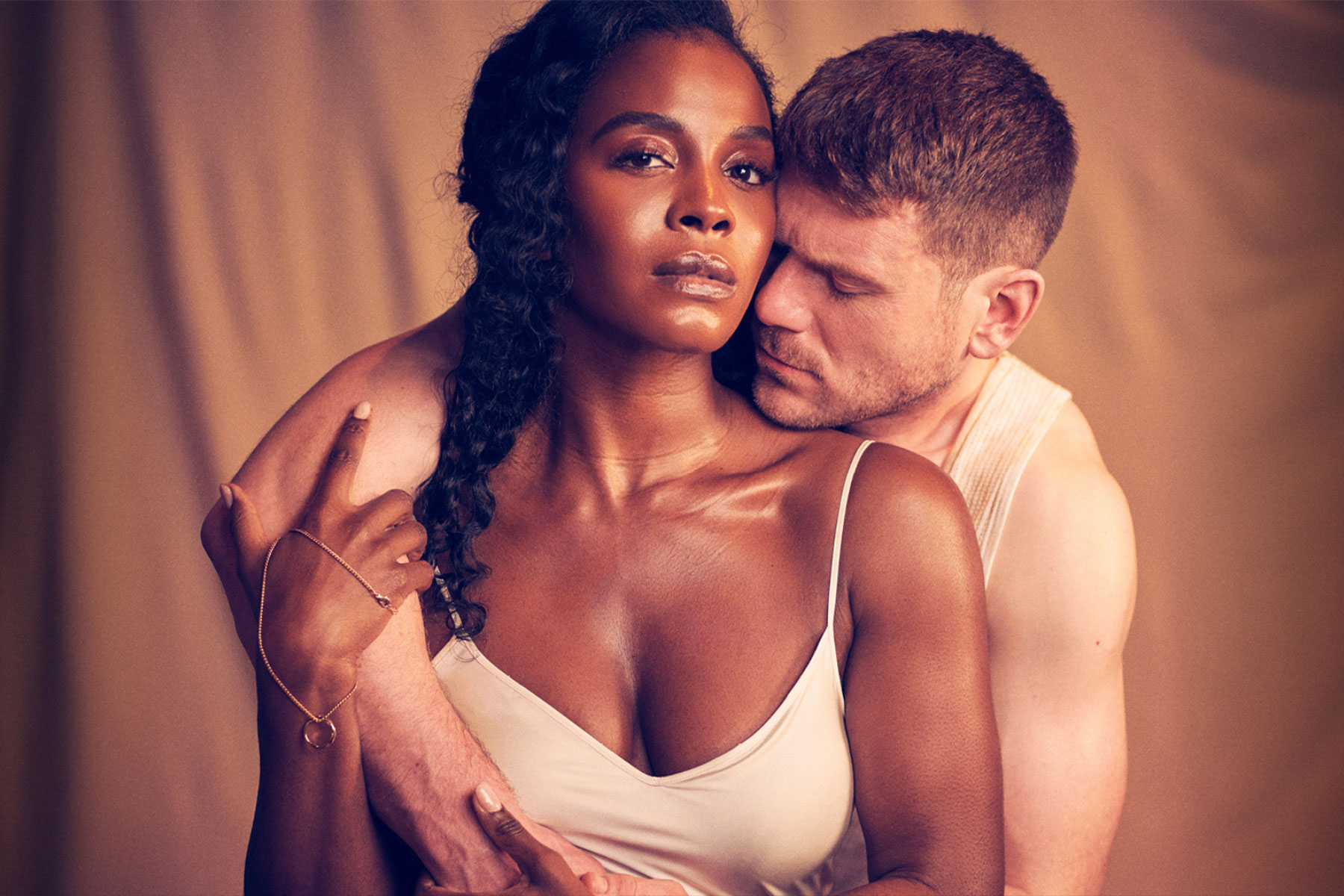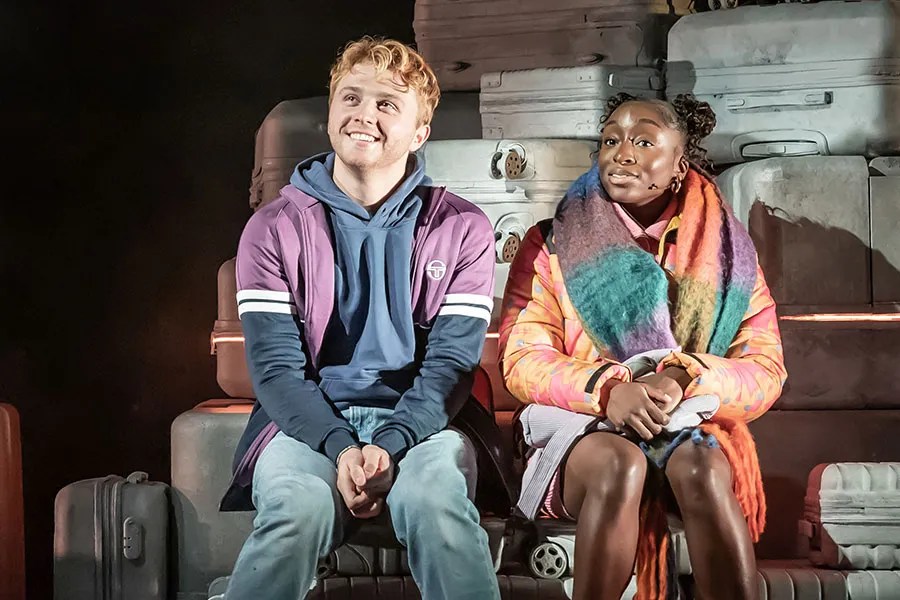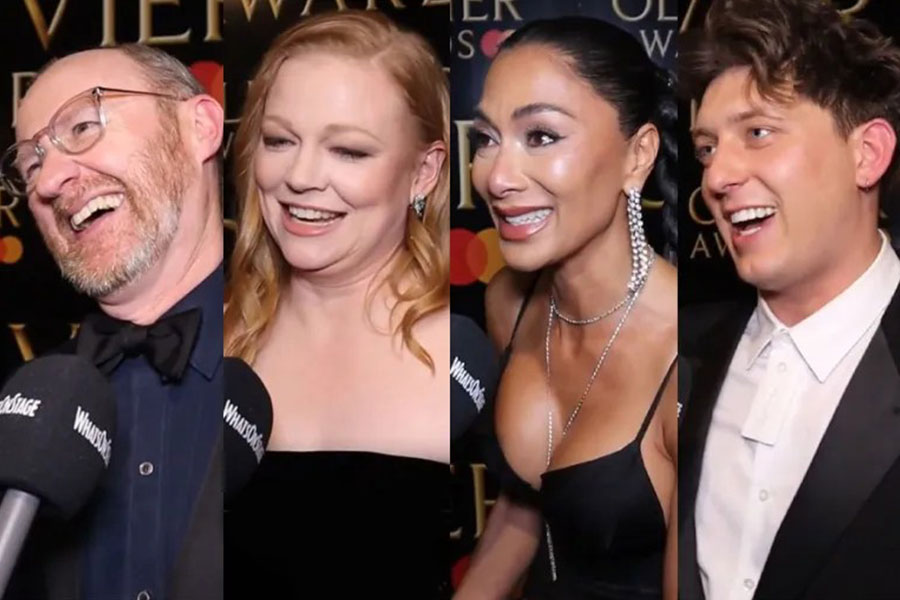Review: West Side Story (Royal Exchange, Manchester)
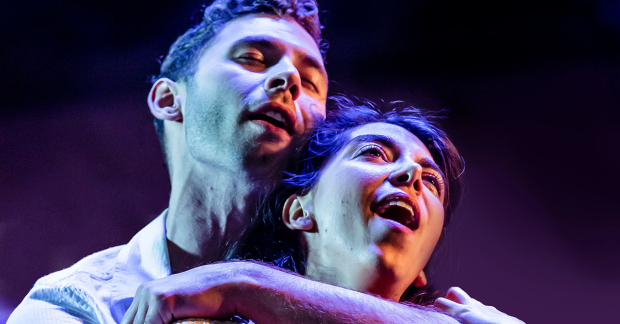
© Richard Davenport of The Other Richard
It speaks to the enduring relevance of West Side Story, and perhaps more widely to the genius of William Shakespeare, that this story continues to entertain and delight over sixty years after its Broadway debut. Originally conceived in the mid-twentieth century by a triumvirate of director Jerome Robbins, composer Leonard Bernstein and scriptwriter Arthur Laurents, the classic musical is re-imagined in-the-round of the Royal Exchange to great success.
Truth be told, this 2019 version of West Side Story is worth watching purely for the orchestral performance. Jason Carr and Mark Aspinall (musical supervisor and director) deserve tremendous credit for what is unquestionably the highlight of this production. It is not unusual at the Royal Exchange to see a small band nestled in the upper areas of the theatre, but an interval stroll around the venue reveals a full-scale orchestra settled in an isolated box next to the theatre. The quality of both Bernstein's score and the players assembled shines throughout, although perhaps never more brightly than during "America". The song's Latin rhythms sound completely authentic thanks to wonderful percussion work.
Gabriela García and Andy Coxon compliment the music well and it is easy to see why they were chosen as lead characters Maria and Tony – the vocal ranges they demonstrate are excellent. Whilst the entire cast is solid, additional praise should be apportioned to Jocasta Almgill and Michael Duke for their portrayals of Anita and Riff respectively. Significantly, this is the first production of West Side Story that has departed from Robbins' original choreography and whilst the results are mixed, Almgill and Duke bring an energy to the production as a whole. In his role as the Jets' leader, Duke in particular evokes something primal in his performance – at his best he is hypnotic on stage, demanding attention from the audience through his visceral movements. Aletta Collins' choreography is by no means a failure, but perhaps doesn't match the quality of the production's orchestra and sound – at times, dancing felt slightly out of sync and hopefully this is something that will improve over the coming weeks.
The set design is also slightly hit and miss, but one couldn't criticise designer Anna Fleischle for not achieving her goal of creating an ‘abstract world' for the production. The bold result looks akin to an Escher-inspired urban playground, as mobile geometric white climbing frames convey the hectic nature of the New York's space. As the play begins and the Jets and Sharks clamber and fight on this modern set, the stage appears oddly reminiscent of A Clockwork Orange or at least inspired by a Kubrickian aesthetic. It seems rather apt that the youthful hoodlums in this story also favour soft drinks, although their preference is a Coke as opposed to a glass of milk.
The set works best when there are enough actors to populate it and their movements can vivify the stage. Unfortunately, due to the minimalism of Fleischle's design, the space has the tendency to appear lonely and cavernous at times when this is not the case. Indeed "Something's Coming" and "Maria" seem almost carbon copies of themselves in this regard – despite excellent music and singing, Coxon feels rather lost in the round by himself in such moments.
This is however a thoroughly enjoyable production and the play's finale, highlighting the utter senselessness of gang and street violence, feels like a relevant message for the dislocated British youth of today.



